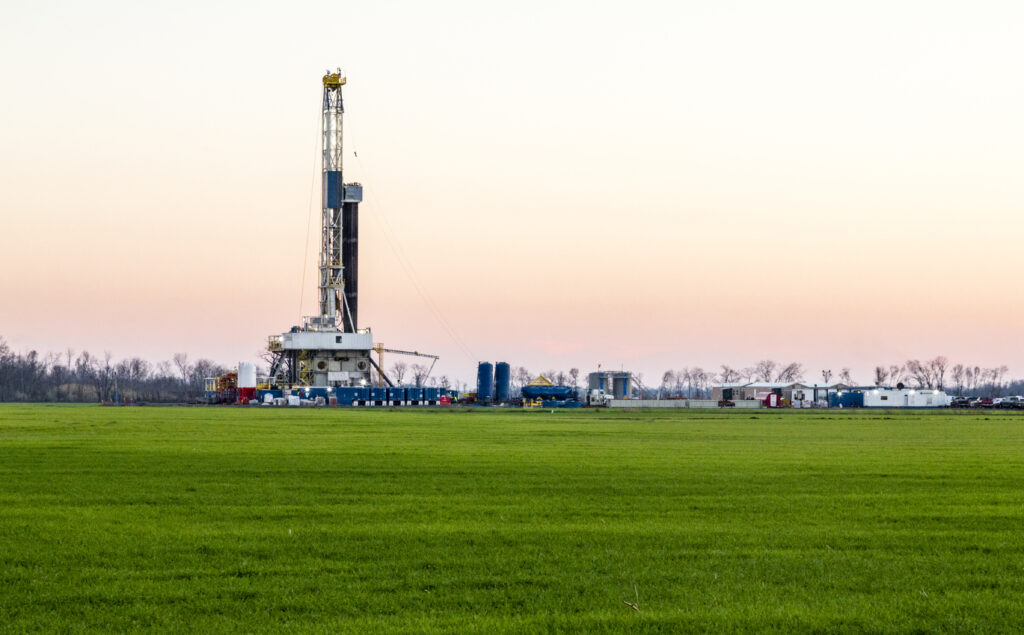The first and most striking signs of human-induced global warming should be evident at the higher polar latitudes, according to virtually all climate change alarmists and the computer models they tout.
The latest round of high-latitude studies, however, shows polar temperatures are comfortably within the normal range. The often-predicted global warming is nowhere to be found.
Hudson Strait ice wedges
In a new study reported in The Holocene 11:563-577 (2001), Dr. J.N. Kasper and Dr. M. Allard examined the growth and decay of ice wedges on the shore of Hudson Strait in northern Quebec.
As described by the Center for the Study of Carbon Dioxide and Global Change (www.co2science.org), “Ice wedges are a widespread and abundant form of ground ice in permafrost regions of the world that deform and crack the soil. During colder periods, ice wedge activity is enhanced, while in warmer periods it is minimized, thus providing a record of climate change.”
Studying the ice wedge record of the Hudson Strait over the past 4,000 years, Kasper and Allard discovered the following: Cold conditions existed from the beginning of the record until about 140 A.D. Between 140 and 1030 A.D., however, the climate warmed. From 1040 to 1500 cold conditions recurred, and the cold spell dramatically accelerated from 1500 to 1900 during the Little Ice Age. A short warm period prevailed from 1900 to 1946, since which time the climate has once again cooled.
At the polar latitudes of the Hudson Strait, no warming is evident. The Kasper and Allard data throw a healthy bucket of ice water on global warming fears.
Northern Canadian sediment cores
In a second new study, this reported in the Journal of Paleolimnology 25: 503-517 (2001), Drs. J.J. Moore, K.A. Hughen, G.H. Miller, and J.T. Overpeck analyzed sediment cores from Donard Lake at Baffin Island, Canada to compile summer temperature histories of the region during the past 1,240 years.
According to the study, summer temperatures averaged 2.9 Celsius (37 Fahrenheit) during the period, but varied widely during that time. Around 1000 and 1100 A.D., average summer temperatures reached as high as 4 degrees (39.2 Fahrenheit).
Beginning in 1195, Donard Lake experienced “one of the largest climatic transitions in over a millennium,” as “average summer temperatures rose rapidly by nearly 2 degrees Celsius from 1195-1220 A.D., ending in the warmest decade in the record,” with average temperatures of approximately 4.5 degrees (40.1 Fahrenheit).
After the dramatic warming in the 1195-1220 period, the warm conditions prevailed until 1375 A.D., when an abrupt cooling occurred. The first decade of that cooling was one of the coldest on record and launched the Little Ice Age in the region. Around 1800, the Little Ice Age ended, and warming occurred from 1800 to 1900.
From 1900 to 1950 the region dramatically cooled, before warming during the 1950s and 1960s. Since the 1960s, however, temperatures have been cooling once again.
The Moore study lends support to the findings of Kasper and Allard, that the high latitudes are actually much cooler today than has often been the case in recent history, and are indeed cooling still further today. The Moore study additionally shows the great temperature volatility that historically and naturally occurs independent of human influence.
In recent decades, global temperature readings taken by satellite show no global warming, and readings from the “early warning” polar latitudes show an actual cooling. When the next dramatic warming period occurs–as it inevitably will at some point–that will not in itself justify the global warming alarmism sure to follow.
Russian borehole readings
In a new study published in Global and Planetary Change 29:167-178 (2001), Dr. D.Y. Demezhko and Dr. V.A. Shchapov examined hole SG-4 in northern Russia’s Ural Mountains to infer an 80,000-year temperature history of the region.
The study revealed the presence of the Holocene Optimum 4,000 to 6,000 years ago, when temperatures were significantly warmer than they are today. Moreover, the readings documented the Medieval Warm Period around the year 1000 and the Little Ice Age from 1500 to 1800.
In addition to showing extended periods of high-latitude temperatures warmer than exist today, the Demezhko study found current temperatures are near the colder end of the historical spectrum. Indeed, Demezhko and Shchapov found temperatures today are measurably closer to the Little Ice Age extreme than they are to the Medieval Warm Period.
Especially significant, the Demezhko study shows that even if the high latitudes were to begin warming again–as global warming alarmists have repeatedly and inaccurately predicted–a great deal of warming could occur without inducing the cataclysms alarmists predict. Indeed, the warmest period in the record, the Holocene Optimum, received such a benevolent name for good reason.
Studies reaffirm other recent findings
These three new high-latitude temperature studies are even more compelling in that they follow on the heels of, and are consistent with the results of, other high-latitude temperature studies reported in the October issue of Environment & Climate News. (See “Polar ice cap studies refute global warming,” October 2001.)
In those studies, careful measurements found ice caps in both the Arctic and Antarctic to be slightly increasing in size, rather than decreasing as claimed by global warming alarmists.




